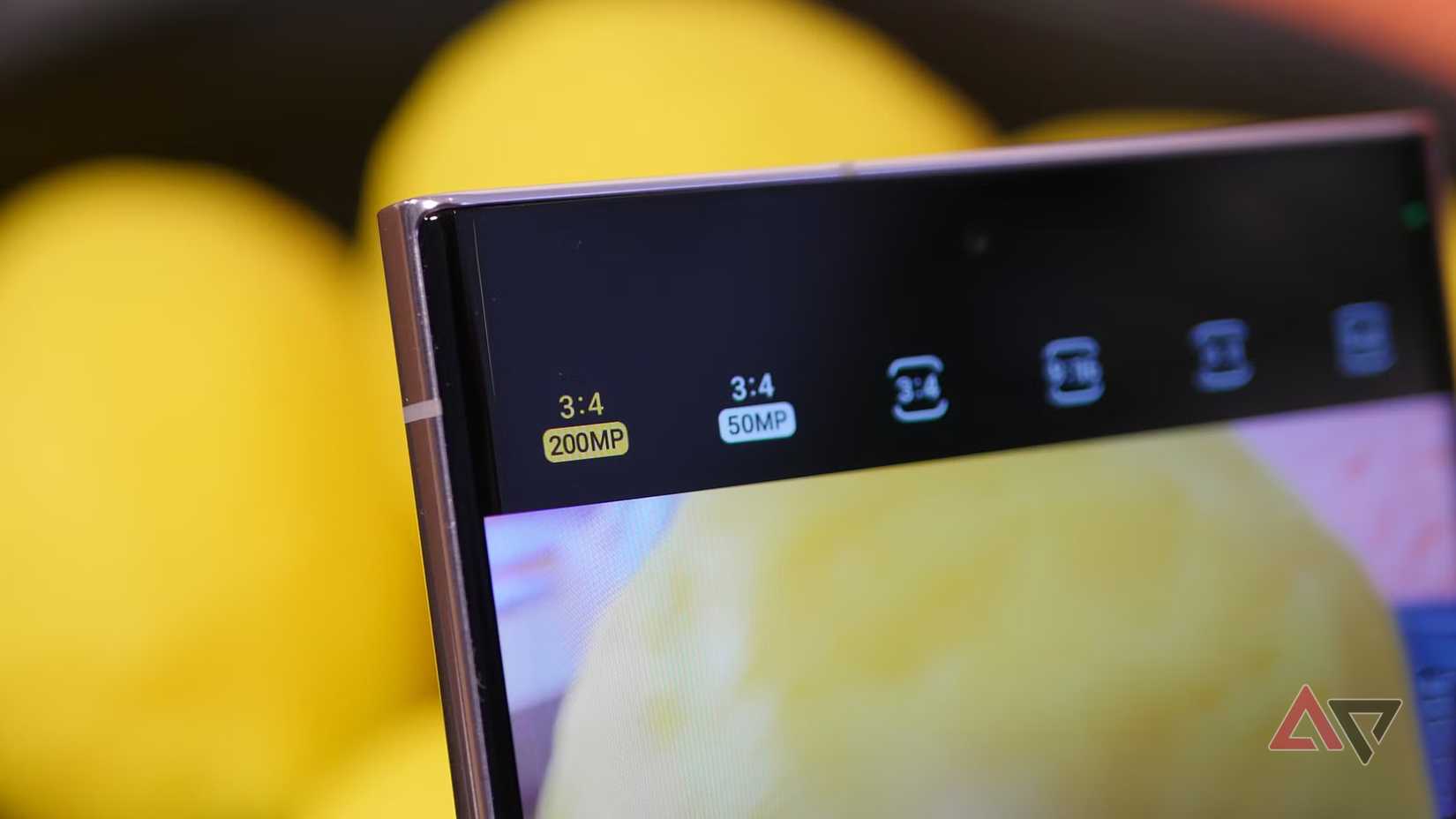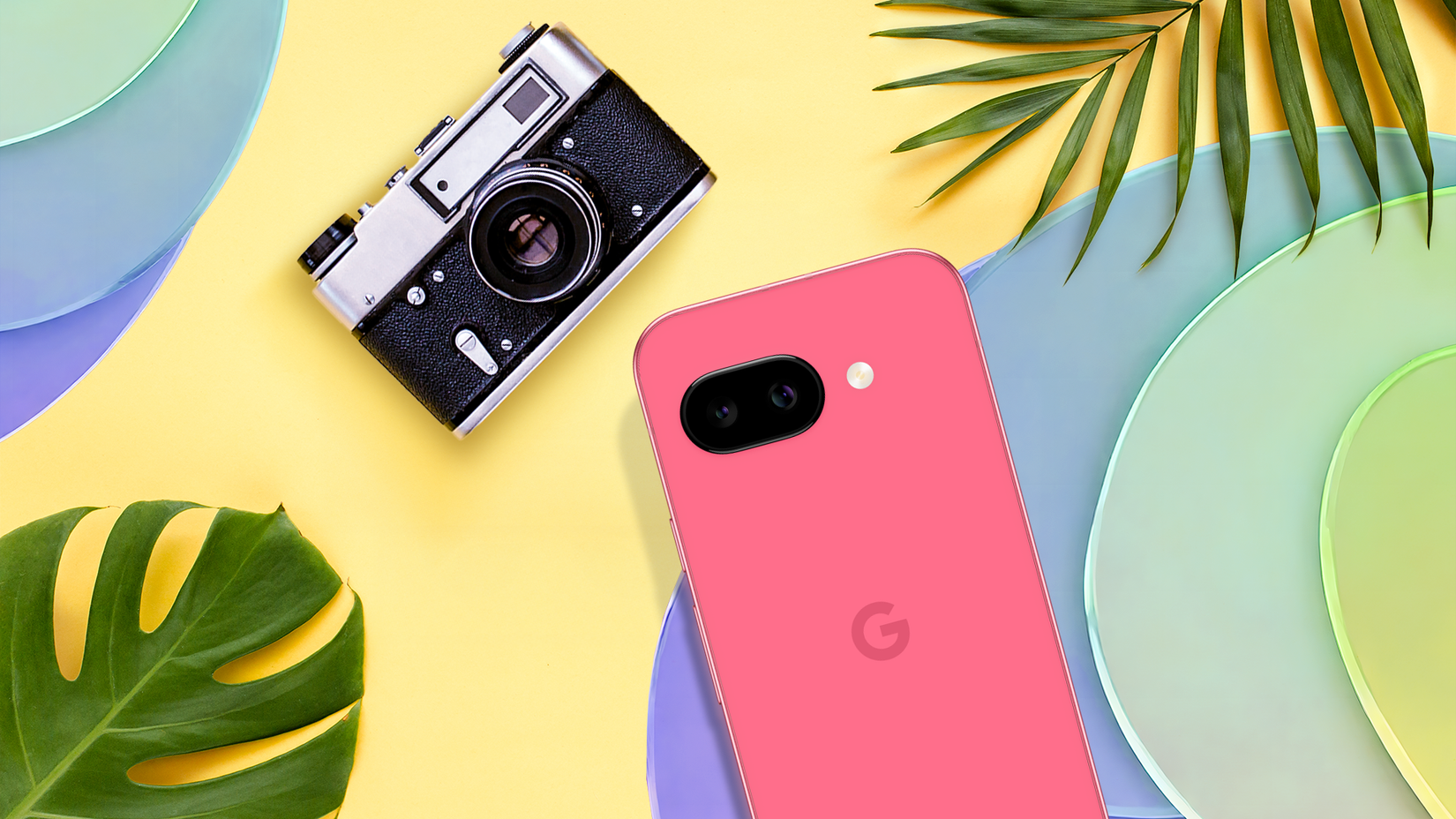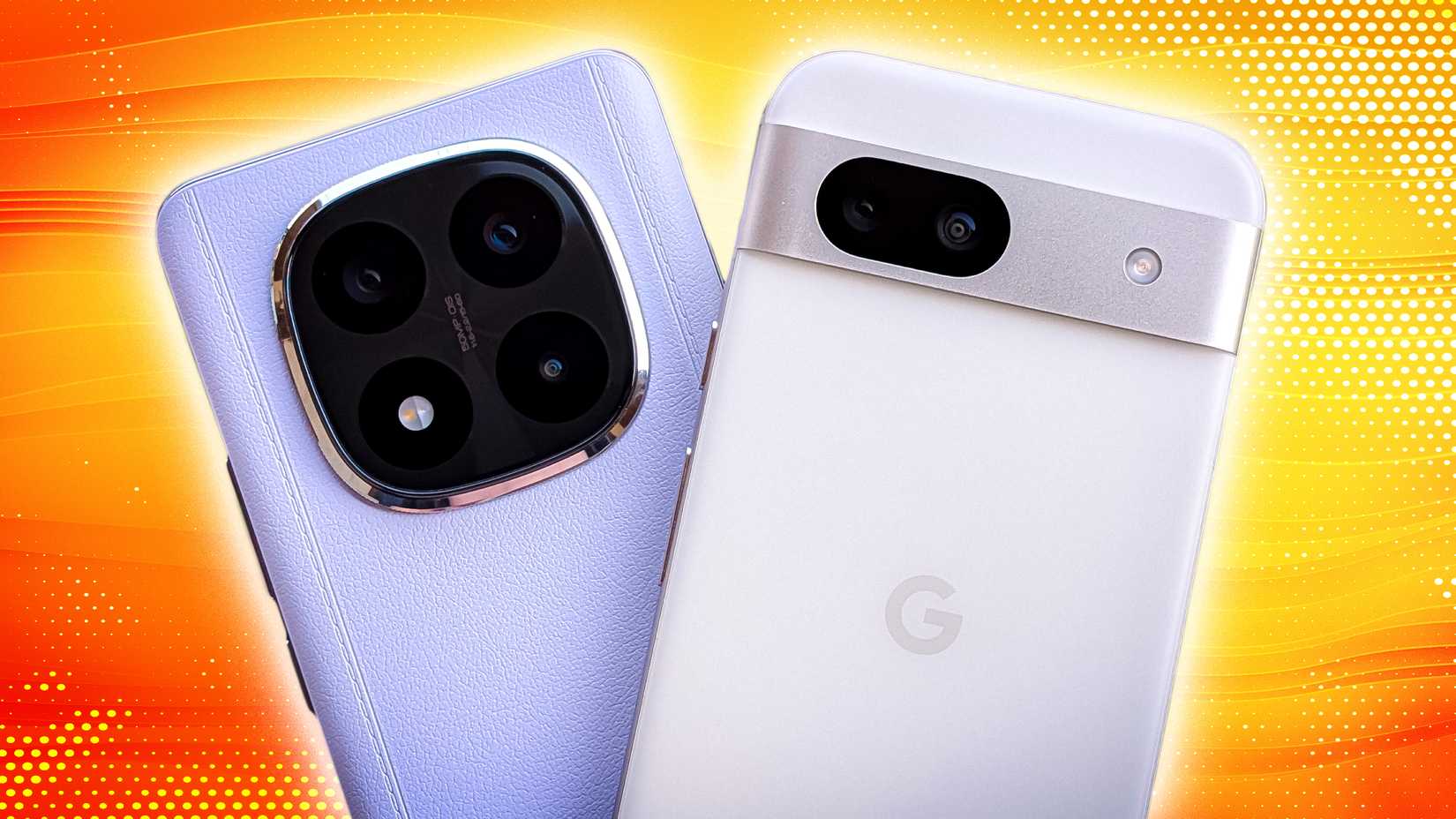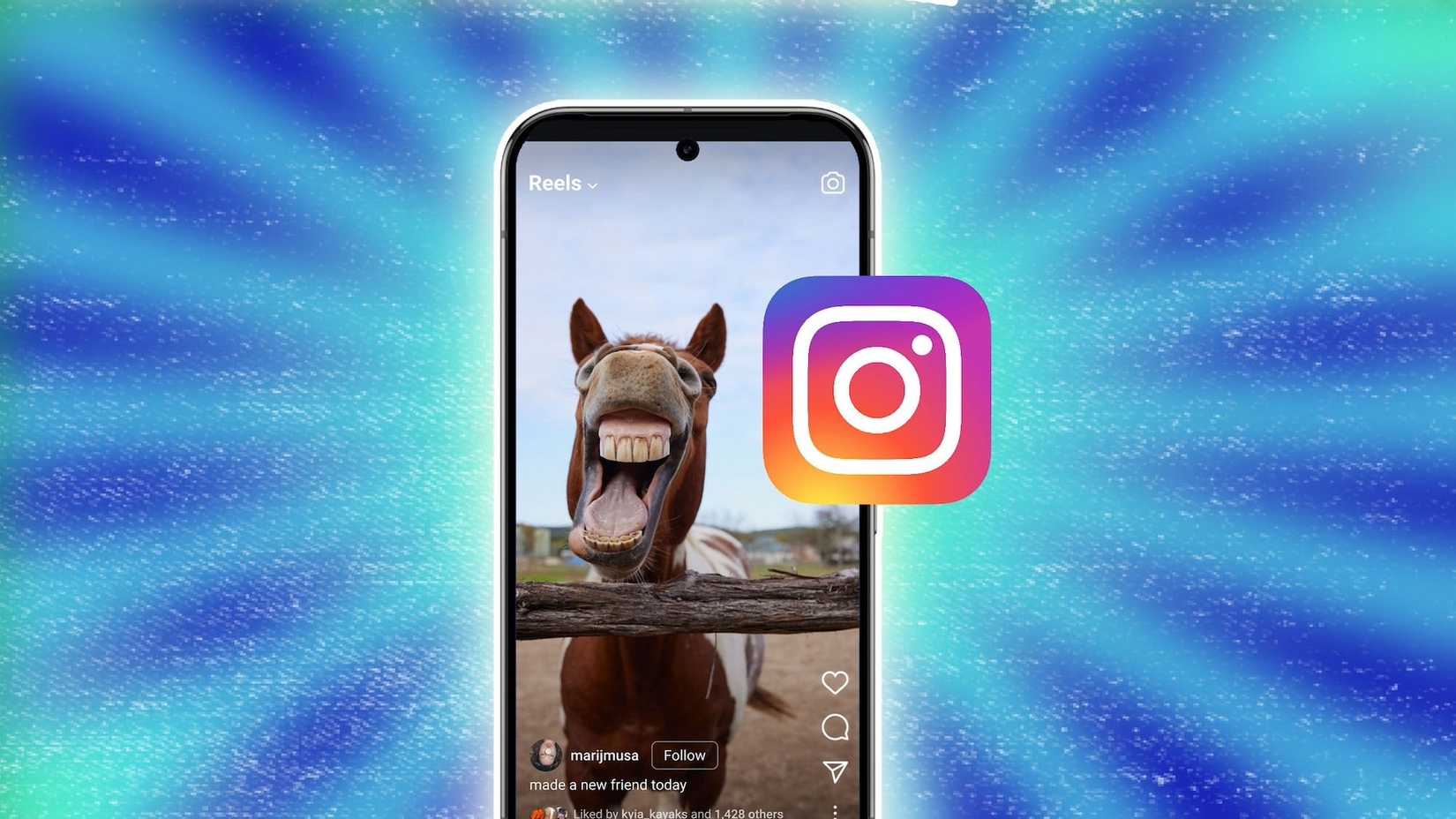The megapixel race in smartphone cameras is one of consumer tech’s most stable marketing narratives. Every launch season brings another wave of marketing across my desk.
This time the headline number is 200. Recent Android flagships from Samsung, Honor, Vivo, and Motorola feature 200-megapixel cameras.
It’s easy to assume bigger means better, and this leap will make phone cameras indistinguishable from pro gear.
After years of testing phones across the price spectrum, I’ve learned to look past headline specs. I no longer chase megapixel counts.
Small sensors, small pixels, and the real limit of phone cameras
The megapixel race hits the hard limitation of smartphone sensor size. Phone sensors are much smaller than DSLR or mirrorless sensors.
As makers pack 12MP, 48MP, 108MP, or 200MP onto tiny sensors, each pixel (photosite) must shrink. This pixel crowding changes how the sensor captures light.
Larger photosites collect more light and generate a cleaner signal. Smaller photosites capture fewer photons and generate a weaker signal.
This weak signal must be electronically amplified in low-light conditions to create a properly exposed image.
Amplification adds digital noise, seen as grain or speckling, especially in shadows and flat colors.
More light in larger sensors improves dynamic range, which is the ability to capture detail in a scene’s bright highlights and dark shadows.
That’s why a DSLR with a large 16MP sensor can produce cleaner, richer images than a 200MP phone.
Software, not sensors, is the secret behind great phone photos
Mobile photography’s biggest leap has been in software. Phone cameras use small sensors that struggle with noise and limited dynamic range, so engineers leaned on computational photography to compensate.
Instead of treating a photo as a single exposure, pioneers like Marc Levoy at Google treated it as data to capture and refine.
The phone takes multiple frames, aligns them, and uses algorithms to pull out detail, reduce noise, and balance highlights and shadows.
The Google Pixel line became the proof. It topped camera rankings with a modest 12MP sensor while rivals chased 48MP and 108MP.
The lesson is clear. A well-tuned sensor paired with strong computational processing can outperform larger, higher-megapixel hardware without equally capable software.
200MP phones really give you 12MP photos
Pixel binning is also evidence that the megapixel race is marketing-driven. Engineers use it to offset the downsides of small, crowded pixels.
Pixel binning lets the image signal processor (ISP) combine adjacent pixels into one larger superpixel.
Common patterns are 2×2 (4→1, tetra), 3×3 (9→1, nona), and 4×4 (16→1). For example, a 108MP sensor with 9-to-1 binning outputs 12MP by default (108/9=12).
Similarly, many 200MP sensors use 16-to-1 binning to produce ~12.5MP images (200/16=12.5). Binning simulates the light-gathering of fewer, larger pixels.
The superpixel boosts sensitivity and improves signal-to-noise by summing or averaging neighboring pixels.
The goal isn’t to deliver 200MP photos, but to use 200MP sensors to make better 12MP images.
The cycle shows that more pixels distract from the real goal, which should be better pixels.
Instagram and TikTok shape our perception of a phone’s camera quality
Camera specs are only part of the story. The user’s perception of camera quality is shaped not only by the phone’s hardware, but by the entire chain of software it passes through.
People share and view most smartphone photos on Instagram, TikTok, and Facebook.
These services handle massive daily uploads and must stay fast across billions of devices and mixed network speeds.
They do this by compressing images aggressively. Another bottleneck is how third-party apps are optimized for iOS versus Android.
Android hardware is highly diverse. Thousands of models from dozens of brands mix different sensors, lenses, and image processors.
For teams like Instagram or Snapchat, perfectly optimizing for every Android configuration is unrealistic, so many adopt a one-size-fits-all pipeline.
By contrast, Apple ships few iPhone models each year. That consistency lets developers tune apps to access the camera stack efficiently.
As a result, photos uploaded inside social apps often look better on an iPhone than from an Android phone, even when the Android device has a better camera system.
The real power of your camera is still in your hands
After all the talk about sensors, software, and social algorithms, it can feel like photo quality is out of your hands. But that couldn’t be further from the truth.
The most powerful feature of any camera is the person holding it. Instead of chasing the next megapixel bump, focus on the basics.
First, learn to see light. Light is the raw ingredient of every photo, and even the best sensor in the world can’t save a photo taken in bad light.
Whenever possible, use natural light. Smartphone sensors still struggle indoors despite computation.
Second, master composition. A well-composed photo of a simple subject is far better than a chaotic photo from a $2,000 phone.





